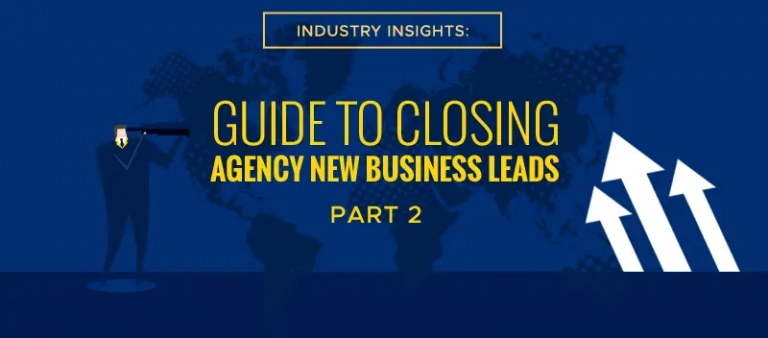People tend to believe that cold calling is dead, yet many successful businesses beg to differ. These businesses rely on cold calling to drive revenue. It doesn’t matter whether they’re a big company with over 500 branches worldwide or a high-growth startup, all their sales reps eagerly dial numbers to make calls day in and day out.
It is not an easy feat, however. The secret in making successful sales calls doesn’t lie in the number of calls you make, but rather in the quality and proper approach of your calls.
In this blog, we’re going to talk about the type of calling you should be doing — Responsive calling — and how you can use it to make your calls convert.
Responsive Calling vs Intrusive Calling
First things first, we need to distinguish the difference between what a responsive and an intrusive call is.
Making responsive calls means that you call your prospects in response to your prospects’ actions and needs as well as addressing their pain points, offering them solutions rather than flat out just trying to sell your service/product.
An intrusive call on the other hand is when you only call your prospect because you had a previous engagement with them from months ago. You may vaguely know each other, but other than that you’re still merely guessing as to what their needs and pain points are, which is not ideal if you’re looking to convert them into sales.
Related: 6 SMART Calling Essentials For Better Telemarketing Results
How to Make Prospecting Calls That Convert
Return calls, emails, and texts in a timely manner to establish trust.
It’s all too easy to push things off until the next day. Many firms have a 24-hour rule, stressing the importance of callbacks or returned emails or texts within that time frame. By returning phone calls you give them an indication of your availability. Clients want to know that you are there if they have a real serious problem. If a client calls you at an inconvenient time, ask them when you can call them back.
Choose to communicate in a way that suits your client.
Some clients prefer emails; others prefer texts or phone calls. Some want to meet in person. So know how your clients want to communicate. As much as possible, respond back in a fashion that will retain that client and keep them happy. Also, reach out to clients occasionally just to say hello, as that can help build relationships as well.
Related: The Only Cold Calling Formula You Need to Convert C-Level Contacts
Prioritize
Make lists of clients you need to contact and/or respond to. Take advantage of different productivity tools, such as spreadsheets and apps, and keep revisiting and updating your lists. If at all possible, don’t delegate client-related tasks that are priorities and time-sensitive. If you do delegate, make sure you follow up. Do not assume that it will always get done.
If a client wants to meet, do it.
If a client requests a meeting, do not make an appointment for two weeks out. Instead, try to meet as soon as possible, even the next day if you have time. Doing so highlights your availability and responsiveness. Similarly, don’t write a 10-page email if there is a lot to discuss. In addition to the necessary written documentation, you also should meet face-to-face for something that is important or complicated.
Be compassionate.
Clients should view you as a trusted adviser, and that means being a good listener. If a client has pain, try to find out the pain and meet with the client to help them through it. Empathize with the client and feel what they are going through. Be sensitive to clients’ changing needs at all times.
Follow up.
Even if a client seems satisfied with your response to issues that arise, contact them again within a few days. Ask, “How are things going? Did it work out as planned? Did my advice help? Did anything else get uncovered?” Follow-up is key.
The Takeaway
In the end, responsiveness isn’t some difficult skill to master; it’s just a habit that takes regular practice. If you keep in mind the way you felt the last time someone left you on hold or never replied to an email, you’ll know why it’s so important. Take the risk to sincerely care about your customer; reach out to them quickly, listen intently, consider their needs, and take responsibility for making yourself available for follow-up questions. You will be surprised how a little alteration in your daily habits can make a big difference to your bottom line




